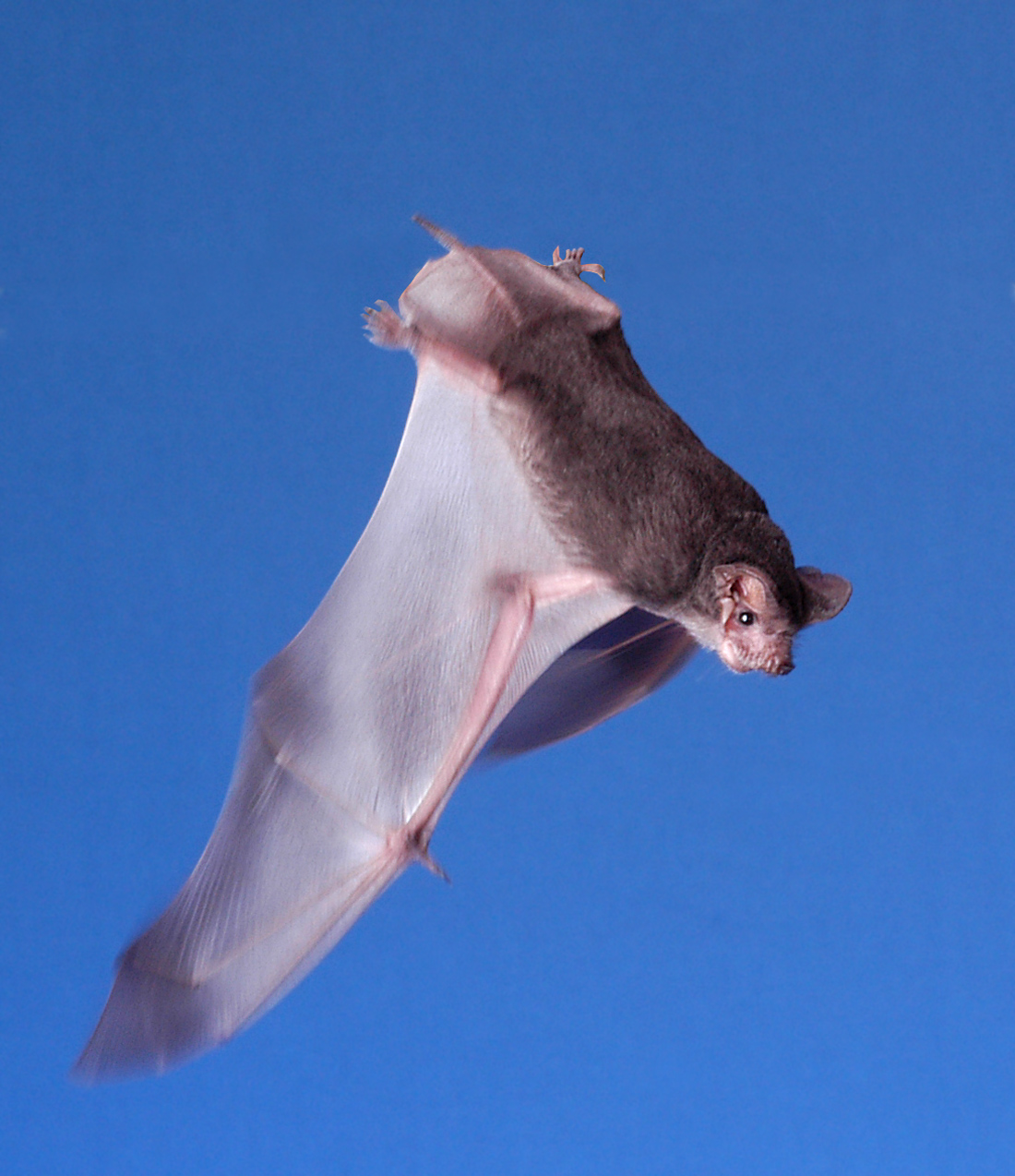
As winter approaches, the chances of encountering bats in the attic or other unheated areas of the home increase as they seek a place to hibernate.
Because of popular myths that surround the nocturnal mammals, a possible close encounter with a bat in the living room is a potentially scary idea for many people. But a newly released NebGuide, "Bats in and Around Structures," can help homeowners prevent such occurrences. And help them learn about the benefits of bats from everything to backyard gardeners to large-scale agricultural production.
Released by the University of Nebraska-Lincoln Extension and the Institute of Agriculture and Natural Resources, the bat NebGuide details the primary species of bats living in Nebraska, their habits, how to prevent them from entering structures, and how to get them out if they're already in.
The four-page peer-reviewed NebGuide also discusses building bat houses for the backyard and the occurrences of disease in bats, such as rabies.
Some other facts presented in the NebGuide:
• Nebraska is home to 13 different bat species, and all are small, weighing less an ounce.
• All of Nebraska's bat species give birth once a year, and most have just one young at a time.
• Less than half of one percent of all bats carry rabies, which might cause one or two deaths each year in the entire United States.
• All Nebraska bats are insectivores, eating only insects.
• One little brown bat can eat 600-1,200 mosquito-sized insects every hour.
• In one season, a colony of 150 big brown bats can eat enough cucumber beetles to prevent 33 million others from hatching.
• Bats drink by swooping over standing bodies of water, which includes swimming pools.
• Bats often migrate to areas suitable for hibernation which isn't necessarily south.
• In nature, bats live under loose bark, in foliage, in hollow trees, caves, quarries, and cracks of rocky ledges.
• In urban areas, bats can be found in attics, behind shutters, downspouts, seams of bridges, and storm sewers.
• Bats in Nebraska do not have the ability to chew on wood, caulk or other structural materials. They can only enter structures through existing holes or cracks.
Download the NebGuide at:
http://ianrpubs.unl.edu/epublic/live/g1667/build/g1667.pdf